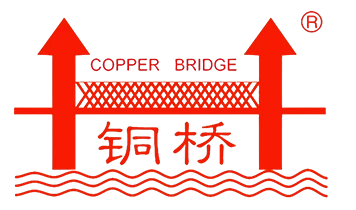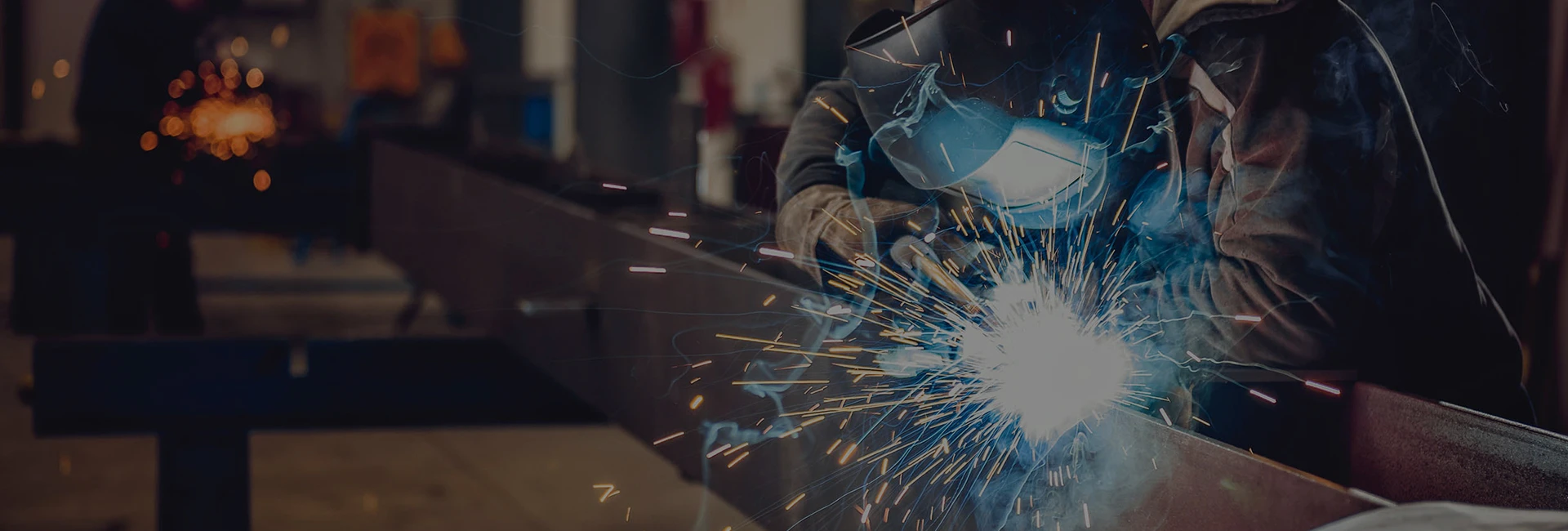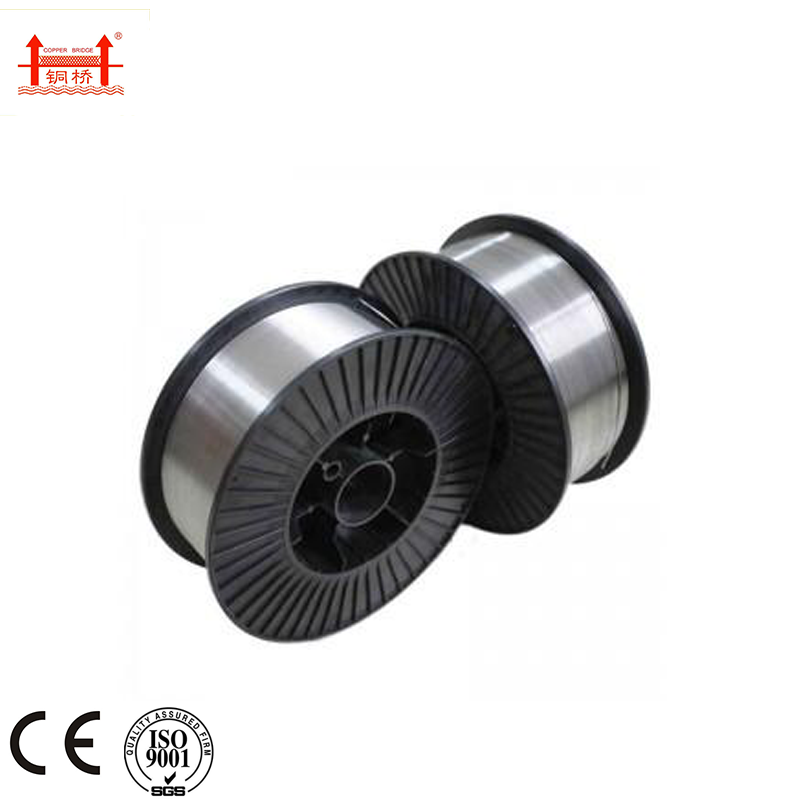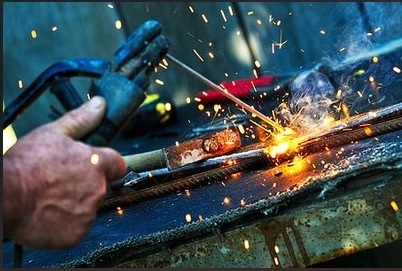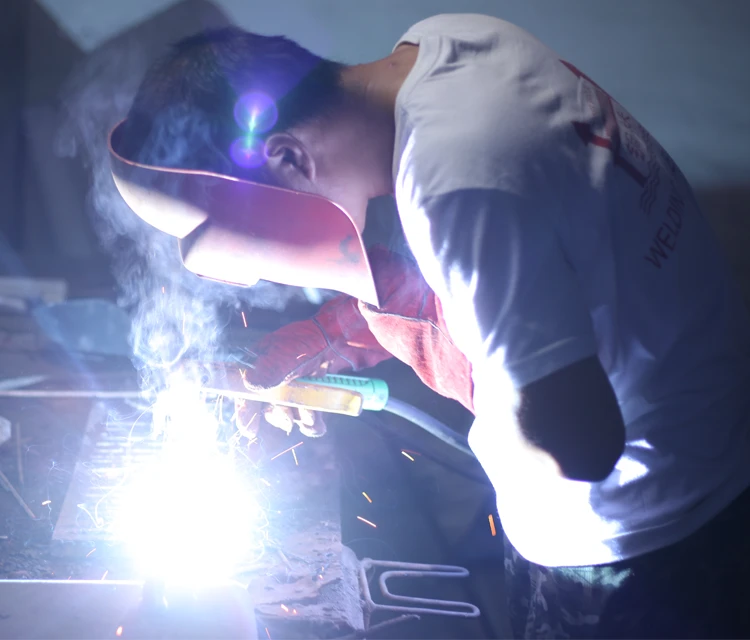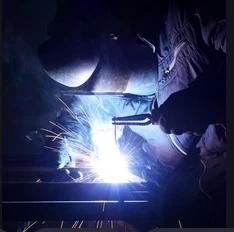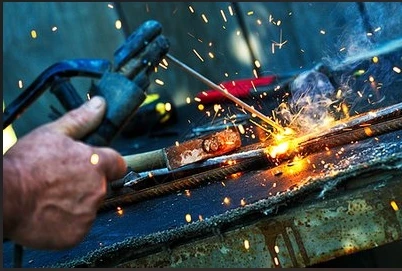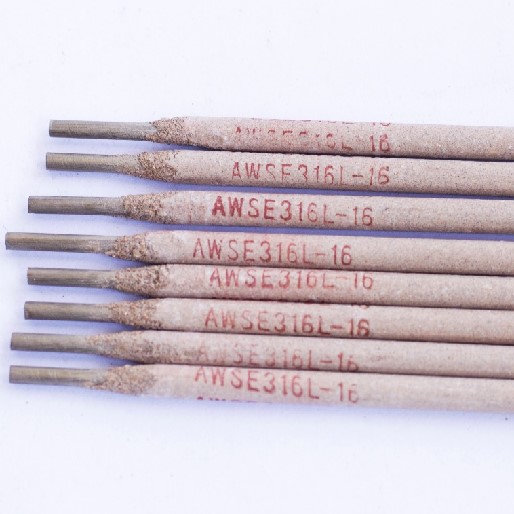Comprehensive Guide on AWS E7018 H4R Welding Electrodes | Specifications & Applications
Nov . 20, 2025 22:30
Understanding AWS E7018 H4R: The Backbone of Reliable Welding
Welding might not hit the headlines like the latest tech gadgets, but the quality of the weld makes all the difference — in bridges, pipelines, or skyscrapers. That’s why standards like AWS E7018 H4R matter globally. This electrode type is essentially an industry workhorse, ensuring strong, durable joins in critical infrastructure. Grasping what AWS E7018 H4R means can reveal why many sectors rely on it to keep projects safe, sustainable, and long-lasting.
A Global Snapshot: Why AWS E7018 H4R Holds Industry Attention
The world’s infrastructure keeps aging as demand grows. According to the International Organization for Standardization (ISO), welding standards like AWS E7018 H4R have direct implications on safety and durability worldwide. Take the energy sector — where faulty welds can cause spillages or dangerous outages — the stakes are high. It’s estimated that poor welds contribute to nearly 20% of pipeline failures globally (UN Environment Programme reports). The need for reliable welding consumables is clear and pressing.
Industries from shipbuilding to construction face challenges of ensuring welds resist cracks, corrosion, and impact even in harsh environments. Here, AWS E7018 H4R electrodes step in to tackle those concerns head-on.
Mini Takeaway: AWS E7018 H4R electrodes are central to global efforts in building safer, longer-lasting infrastructure and mitigating costly failures.
What Exactly Is AWS E7018 H4R?
At its heart, the designation AWS E7018 H4R comes from the American Welding Society’s (AWS) classification for welding electrodes. But what do those cryptic characters mean?
- E — Electrode
- 70 — Tensile strength of 70,000 psi (pounds per square inch)
- 1 — Position versatility (all welding positions)
- 8 — Specific flux coating, which affects usability and weld properties
- H4 — Hydrogen diffusible content level (‘4’ indicating low hydrogen diffusible to reduce cracking)
- R — Indicates the electrode meets certain rugged or reconditioning specifications
In practice, AWS E7018 H4R electrodes are low-hydrogen, iron powder-coated rods designed to produce clean, strong welds with excellent toughness. This makes them ideal for structural steels subject to stress or impact, such as in bridges or pressure vessels.
In a humanitarian context, such welds can be critical for emergency shelters or water infrastructure, where safety and longevity prevent compounding crises.
Mini Takeaway: AWS E7018 H4R is a high-quality, low-hydrogen electrode suited for demanding welding applications needing strength and crack resistance.
Core Features of AWS E7018 H4R Electrodes
1. Durability & Mechanical Strength
The 70,000 psi tensile strength rating means welds made with AWS E7018 H4R withstand heavy loads and stress. This durability helps in infrastructure that experiences heavy daily use, such as transportation hubs or industrial plants.
2. Low Hydrogen Diffusible Content
Hydrogen causes weld cracking, especially in thick or restrained metals. The ‘H4’ rating ensures low hydrogen content, dramatically reducing cracking risks. This feature is vital in cold weather welding or when handling high-strength steels.
3. Versatility in Welding Positions
These electrodes are designed to perform well whether you’re welding flat, horizontal, vertical, or overhead — a big plus on complex projects where real-world conditions can be unpredictable.
4. Excellent Weld Appearance and Cleaning
The iron powder coating promotes smooth welding with minimal slag, making cleanup faster and reducing defects. This smooth finish also improves inspection and quality control.
5. Resistance to Impact and Toughness
Welds maintain toughness even in low temperatures, meeting certain Charpy impact test requirements. This means they won’t become brittle — crucial for bridges or pipelines in colder climates.
Mini Takeaway: AWS E7018 H4R electrodes balance strength, crack resistance, and practical usability for dependable welding in diverse scenarios.
Real-World Applications Across the Globe
As you might expect, industries from Asia’s megaprojects to North American heavy engineering lean heavily on these electrodes. A few noteworthy use cases include:
- Oil & Gas Pipelines in Canada & Russia: Low temperatures require electrodes that resist brittle fractures; AWS E7018 H4R fits that bill.
- Bridge Construction in Europe: The mixed welding positions on curved or vertical joints make these electrodes especially practical.
- Shipbuilding in South Korea: Longitudinal welds benefit from the smooth finish and crack resistance to combat corrosion and heavy seas.
- Disaster Relief & Infrastructure Repairs: Emergency repairs on steel structures need fast, reliable welding — welding rods like AWS E7018 H4R empower teams to restore safety quickly.
Interestingly, nonprofits working in remote areas report that such electrodes help them weld cleanly despite makeshift or challenging conditions, ensuring lasting repairs where replacement materials might be scarce.
Mini Takeaway: AWS E7018 H4R electrodes enable strong, reliable welding across a range of challenging environments, from freezing temperatures to remote locations.
Product Specifications at a Glance
| Specification | Details |
|---|---|
| Tensile Strength | 70,000 psi (485 MPa) |
| Welding Positions | All (flat, horizontal, vertical, overhead) |
| Hydrogen Diffusible Level | |
| Flux Coating Type | Iron Powder Low Hydrogen |
| Impact Toughness (Charpy V-notch) | At least 20 ft-lb at -20°C (-4°F) |
How AWS E7018 H4R Stands Out: Vendor Comparison
| Feature | Vendor A | Vendor B | Vendor C |
|---|---|---|---|
| Hydrogen Level (ml/100g) | 3.5 | 3.8 | 4.0 |
| Slag Removal Ease | Very Good | Good | Moderate |
| Weld Appearance | Smooth & Shiny | Smooth | Matte Finish |
| Price per kg | $8.50 | $7.90 | $7.50 |
Advantages & Long-Term Impact of Using AWS E7018 H4R
Using these electrodes means reliable welds that don’t just hold for years but resist cracking, corrosion, and wear. For a business, that often comes down to fewer failures, reduced maintenance costs, and a better safety track record.
On a social level, safety engineers highlight how welds made with AWS E7018 H4R help protect workers and the public. After all, a bridge collapse or pipeline leak isn’t just costly — it often carries human consequences.
Environmentally, these electrodes contribute to sustainable infrastructure by extending the lifespan of welded components, reducing resource waste. Welding professional forums often praise the “trust” factor – meaning welders feel confident using AWS E7018 H4R even on critical projects.
Mini Takeaway: AWS E7018 H4R electrodes deliver practical, safety, and sustainability benefits – a rare triple win.
Future Trends and Innovations in Welding Electrodes
Welding technology keeps evolving. Some upcoming trends affecting electrodes like AWS E7018 H4R include:
- Green Welding Practices: Manufacturers are exploring more eco-friendly coatings and fluxes to reduce environmental impact during production and use.
- Automation & Robotics: Welding robots deployed in factories increasingly rely on consistent, reliable electrodes such as AWS E7018 H4R for precision and repeatability.
- Digital Monitoring: Sensors and AI integration are emerging to monitor weld quality in real time, providing feedback to operators about electrode condition and performance.
- Material Compatibility Expansion: Advances in alloy steels may require refined electrode chemistries to maintain low-hydrogen performance on new materials.
It’s a quietly exciting future, where these humble rods become part of high-tech, sustainable building systems.
Challenges & Expert Tips for Optimizing AWS E7018 H4R Usage
Mistakes with handling low-hydrogen electrodes can negate their strengths — humidity is the enemy. These rods must be stored dry, often baked before use. I’ve heard veteran welders grumble about the logistics of keeping them perfect on busy sites.
Another pitfall is technique: poor operator skill can cause slag inclusion or porosity. Continuous training helps avoid this and fully leverage the electrode’s advantages.
Some innovations — like improved packaging or on-site drying units — help overcome these challenges. Knowing your specific project needs and local environment is always the best first step.
Frequently Asked Questions About AWS E7018 H4R
- Q: What makes AWS E7018 H4R better than other low-hydrogen electrodes?
- A: Its iron powder coating improves deposition rates, weld appearance, and overall strength, alongside maintaining critical low hydrogen content to reduce cracking.
- Q: Can AWS E7018 H4R be used for welding in cold climates?
- A: Yes, the electrodes maintain toughness at low temperatures and resist brittle failure, making them ideal for cold-weather applications.
- Q: How should AWS E7018 H4R electrodes be stored on site?
- A: Store them in a dry environment, ideally in an electrode oven at ~250°F (120°C) to prevent moisture absorption that can lead to hydrogen-induced cracking.
- Q: Are these electrodes suitable for automated welding?
- A: Absolutely. Their consistent characteristics make them compatible with automated welding equipment, ensuring repeatable, high-quality results.
- Q: Where can I buy authentic AWS E7018 H4R electrodes?
- A: Trusted industrial suppliers and manufacturers like aws e7018 h4r offer genuine products with certifications ensuring quality and compliance.
Conclusion: Why Choosing AWS E7018 H4R Makes Practical Sense
Welding isn’t glamorous, but it’s foundational to modern life. Electrodes like AWS E7018 H4R quietly hold together bridges, skyscrapers, and pipelines across the globe — their strength and reliability often taken for granted until a failure occurs.
Understanding the strengths, applications, and proper use of AWS E7018 H4R contributes directly to safer construction, longer-lasting infrastructure, and smarter investments for companies and governments. To explore more or purchase these electrodes, visit our website — because your welds deserve precision and trust.
References:
Related Video


